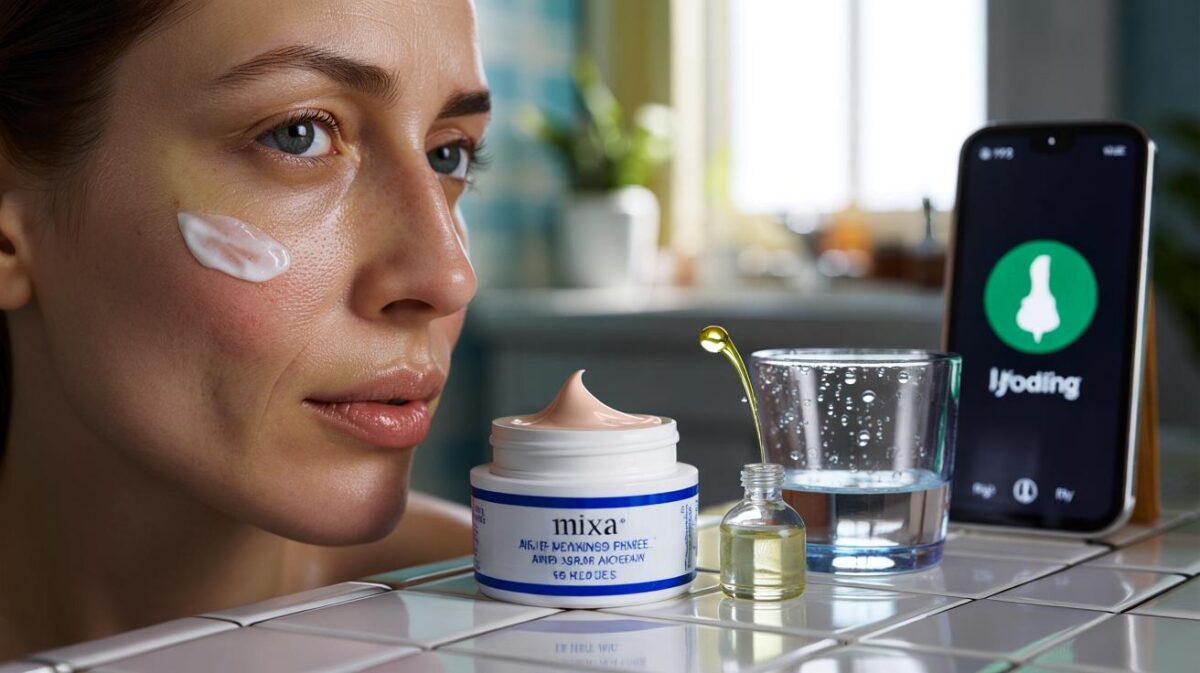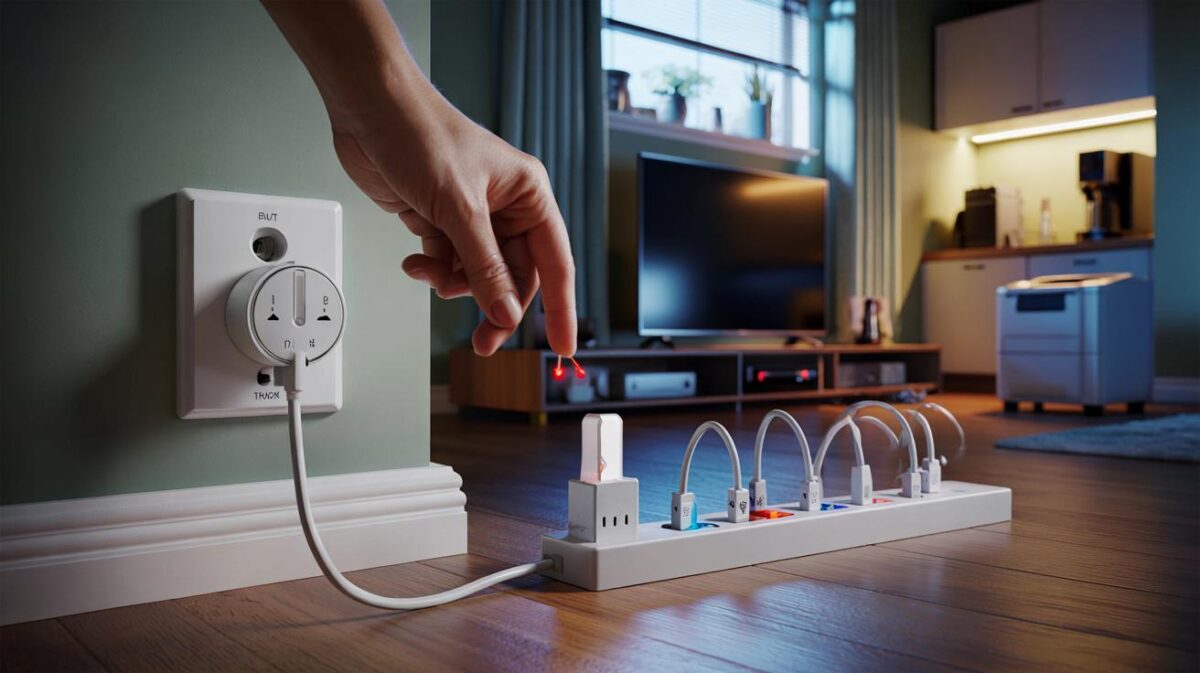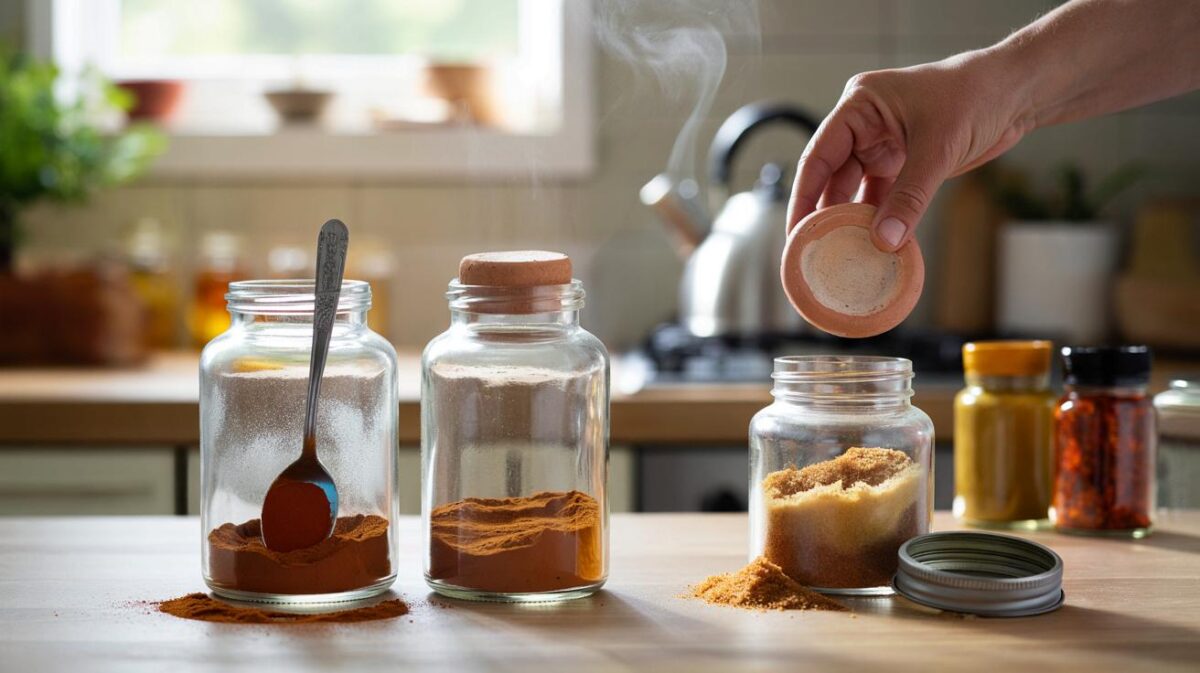The culprits lurk in air, surfaces, moisture and small leaks.
You’re not imagining it. Indoors, comfort depends on more than the number on the dial. Hidden physics and daily habits can make 20°C feel closer to 17–18°C, nudging you to turn the heating up when you don’t need to.
Why 20°C can still feel cold
Human skin senses heat loss, not just air temperature. That’s why cold floors, chilly windows and a brisk breeze across your ankles can leave you tense and uncomfortable even with a steady 20°C reading.
Two factors drive this effect: mean radiant temperature and air movement. If nearby surfaces are cold, your body radiates heat towards them. You feel that loss as a chill. When air moves faster across your skin, it whisks away warmth and speeds evaporation, again making you feel colder.
Comfort depends on operative temperature: a blend of air temperature and what the surrounding surfaces are radiating at you.
Think of a living room with air at 20°C but a big single-glazed window at 12–14°C. You sit nearby, facing the glass. Your body radiates heat to that cold surface. The operative temperature drops, and so does your comfort.
Sensitivity isn’t identical from person to person. Age can slow circulation. Low iron or an underactive thyroid can amplify chills. Lower muscle mass also reduces heat production. Two people in one room can report different comfort levels and both be right.
Humidity, draughts and radiation: the hidden trio
Humidity matters because the skin constantly exchanges moisture with the air. In heated homes, air often dips below 35% relative humidity. That dryness accelerates evaporation from the skin’s surface, making you feel cooler than the air suggests. Push humidity too high and you gain different problems: stuffiness, condensation and mould risk. The sweet spot lies in the middle zone.
Target 40–60% relative humidity. Below that, you’ll feel cooler; above that, you risk damp and mould.
Draughts are the second saboteur. Warm air rises and cold air sinks, so small gaps at skirting boards, under doors or around windows set up currents. Even air moving at 0.2 m/s across your ankles can knock 2–3°C off how the room feels when you’re sitting still.
Keep air speed near seating below 0.15 m/s to avoid “wind chill” indoors.
The third element is radiant temperature. Cold walls, a tiled floor, or a large uninsulated door act as heat sinks. They pull energy from your body, regardless of the thermostat setting. Improving the “warmth” of the surfaces in your line of sight often gives more comfort than nudging the heating up a notch.
How to boost comfort without raising the thermostat
Start by measuring, then fix the cheapest leaks of heat and moisture. A small toolkit pays back quickly: a digital thermometer-hygrometer for humidity and temperature, a smoke pencil or incense stick to reveal draughts, and an inexpensive infrared thermometer to spot cold surfaces.
Fast fixes you can do this week
- Balance humidity: if readings sit under 40%, add moisture with a humidifier or bowls of water near radiators; over 60% calls for better ventilation and less moisture generation when cooking or showering.
- Tame draughts: fit self-adhesive window and door seals, add a door sweep or fabric draught excluder, and seal visible gaps at skirting and floorboard edges.
- Warm the surfaces: hang thermal curtains or lined blinds, lay rugs over cold floors, and move seating at least 1–1.5 metres away from big panes of glass.
- Reflect heat back: place reflective foil panels behind radiators on external walls to reduce losses into the masonry.
- Tune air movement: redirect trickle vents away from where you sit, and set ceiling fans to winter mode (slow, clockwise) to push warm air down without a breeze.
- Dress for the activity: knitwear, wool socks and slippers add insulation (clothing “clo”) that your heating doesn’t have to supply.
| Action | Typical uplift in perceived temperature |
|---|---|
| Thermal curtains on single glazing | +1.0 to +2.0°C near the window |
| Rug on a bare, unheated floor | +0.5 to +1.5°C at foot level |
| Draught sealing doors and windows | +1.0 to +2.0°C in seated comfort |
| Humidity from 30% to 45–50% RH | +0.5 to +1.0°C in perceived warmth |
| Reflective panels behind radiators | +0.3 to +0.8°C room-side benefit |
| Clothing upgrade (+0.5 clo: jumper and socks) | Equivalent to +2–3°C for a sedentary person |
What the science models say (in plain language)
Comfort engineers use “operative temperature”, which blends air and radiant effects. If the air is 20°C and the average of the surrounding surface temperatures you “see” is 18°C, the operative temperature sits near 19°C. That single degree is noticeable at a desk or on the sofa.
Short example: you sit by a large window (14°C surface) with the rest of the room at 20°C. If the window fills a third of your view, your mean radiant temperature could hover around 18–19°C. Your operative temperature then lands near 19°C. Warm the window with a heavy curtain and you remove that deficit without touching the thermostat.
Your body’s role: why two people feel different in the same room
Women often report feeling colder at a given temperature. Lower average muscle mass and hormonal cycles play a part. Age reduces peripheral blood flow, so hands and feet cool faster. Fatigue, dehydration and low calorie intake can also trim your heat production at rest.
You can adjust on the fly. A brisk two-minute walk up the stairs lifts metabolic heat. Warm beverages help comfort by warming the core and hands. Layer clothing strategically: a base layer that wicks, a warm mid-layer, then a breathable outer layer. Wool and cotton remain reliable because they trap air yet let moisture escape.
Room-by-room quick wins
- Bedroom: aim for 16–18°C air with a thicker duvet, draft-proof the door, and keep humidity around 45–55% to limit dry throat at night.
- Living room: place seating away from windows, add a rug, and close curtains at dusk to reduce radiant losses.
- Kitchen: use lids when simmering and extract moisture to stay within 40–60% RH without raising damp risk.
- Home office: block under-desk draughts, warm the floor contact with a mat, and keep feet off cold tiling.
When to suspect a bigger fix is needed
Persistent cold spots, streaming windows or mould at corners suggest poor insulation or uncontrolled moisture. Secondary glazing, insulated plasterboard on external walls, or upgrading trickle vents can transform radiant comfort. Balancing radiators and adding thermostatic radiator valves helps maintain even temperatures and reduces over-heating one room to compensate for another.
If you can feel a breeze, you’re paying for heat to leave. Remove the breeze first; the thermostat can stay put.
A simple weekend audit to reclaim comfort
Run this quick sequence. First, record air temperature and humidity in your main rooms morning and evening for three days. Second, stand a metre from each window and wall with an infrared thermometer and note the coldest surface. Third, hold a smoke stick around window latches, letterboxes, skirtings and under doors; watch for sideways flicks that reveal leaks.
- If humidity is below 40%, add moisture sources and reduce over-ventilation until you reach mid-40s to 50% RH.
- If you find air movement at seating height, seal obvious gaps and add a door sweep; retest with smoke.
- If any surface reads under 16°C where you sit, treat that surface: curtains, rugs, panels or a small repositioning of furniture.
Extra tips that save heat without feeling colder
Set radiators so rooms you use most sit at 19–20°C, with less-used rooms cooler. Shut internal doors to limit convection currents. Time heating to warm spaces before use rather than chasing heat after you feel cold. In well-sealed rooms, a short, sharp window opening (five minutes) exchanges stale air without chilling walls and furniture.
If you love numbers, try this rough check: operative temperature ≈ (air temperature + mean radiant temperature) ÷ 2. Measure air with your room thermometer. Estimate mean radiant by averaging surface temperatures of what you face. If the result is under 19°C when you’re sedentary, target radiant fixes first. They cost less than a permanent 1–2°C thermostat increase across the season.







